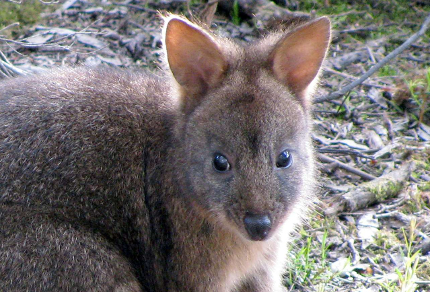I stole quietly into Townsville’s tropical dawn, the songs of a brush cuckoo and olive-backed oriole drawing me forth, the two vocalizations so different yet now so familiar – the brush cuckoo’s a series of descending, drawn-out notes; the oriole’s a brief rollercoaster ride of ringing melody. Cycling hard, I rode the Ross River Parkway, drinking in a fresh breeze and the revelling in the chortles of blue-winged kookaburras, the rolling trills of rainbow bee-eaters, and the pulsing thrum produced by frogs that sounded like a thousand tiny engines chugging.
I saw no native mammals during my ride, the black flying foxes already returned to their day roosts, the common brushtail possums asleep in tree-hollow dens. The majority of Australia’s terrestrial mammals are nocturnal or crepuscular (active in the dim light of dusk and dawn), rendering them difficult to observe. To date, I’ve identified 20 native species in the wild, a total which includes the dingo, a species introduced 4,000 years ago by Aboriginal colonizers and considered to now be an integral part of Australian ecosystems. A whole suite of mammals introduced by Europeans – dogs, cats, horses, cattle, goats, camels, pigs, donkeys – exist as ferals and have wreaked havoc with native animal communities by destroying habitat, competing for food, or preying on native fauna. Of these invasive species, Vilis and I have seen cattle at Wallaman Falls here in North Queensland and a camel near Alice Springs in the Northern Territory. We’ve spotted brumby droppings, pig tracks and rootings, and tracks of a fox and wild dogs/dingoes (extensive hybridization has occurred).
The most easily-seen mammals we’ve encountered in our excursions have been macropods – the kangaroos and their relatives – which we’ve observed here in Townsville and at a host of locations elsewhere in Australia, including Tasmania and the western and central deserts. We sought out certain other mammals in particular locations – platypuses at Broken River in Queensland’s Eungella National Park, common wombats in Narawntapu National Park in Tassie, and koalas on The Forts Track on Magnetic Island, offshore from Townsville. Fortuitously, we spotted a short-beaked echidna (the only one we’ve seen) at the Fortescue Bay campground in Tasman National Park in Tasmania, and were able to observe a heavy-pouched female common brushtail possum mooching off campers’ rubbish on Magnetic Island, as well as a possum being harrassed by magpie-larks in the Ross River Parkway and one romping the city street verges near our rental house. Arguably our most memorable mammal memory is that of Tasmanian devils barking and snarling in the night in Lake St. Clair National Park in Tasmania. The black flying foxes – so evocative with wings spread against oncoming or receeding night and squalling screeches punctuating our evenings’ peace – we’ve seen frequently, but never succeeded in photographing.
Nonetheless, regardless of what we have or haven’t seen, have or haven’t photographed, I dedicate today’s post to the unique mammalian fauna of Australia, the only continent on earth where all three major groups of mammals – monotremes, marsupials, and eutherians – occur together. Here are some mugshots for your enjoyment.
The Kids:
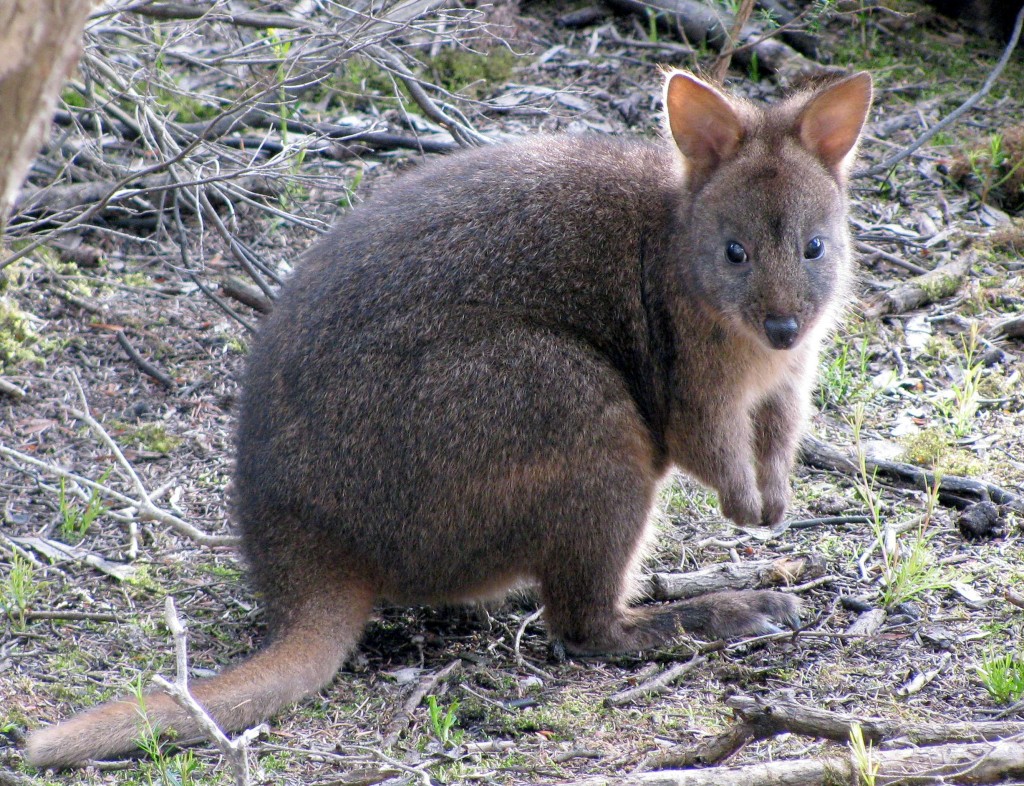
Rufous-bellied Pademelon, Narawntapu National Park, Tasmania (© Vilis Nams)
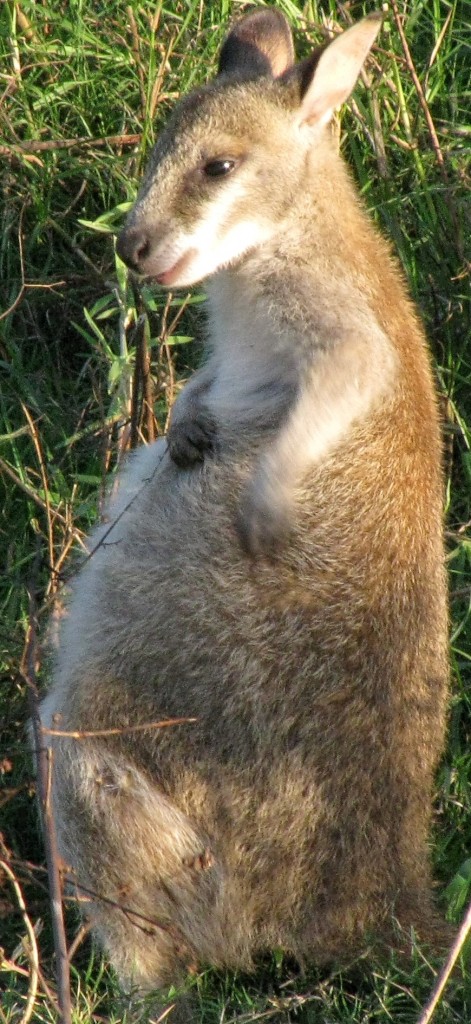
Agile Wallaby, Tyto Wetlands, Ingham, Queensland (© Vilis Nams)
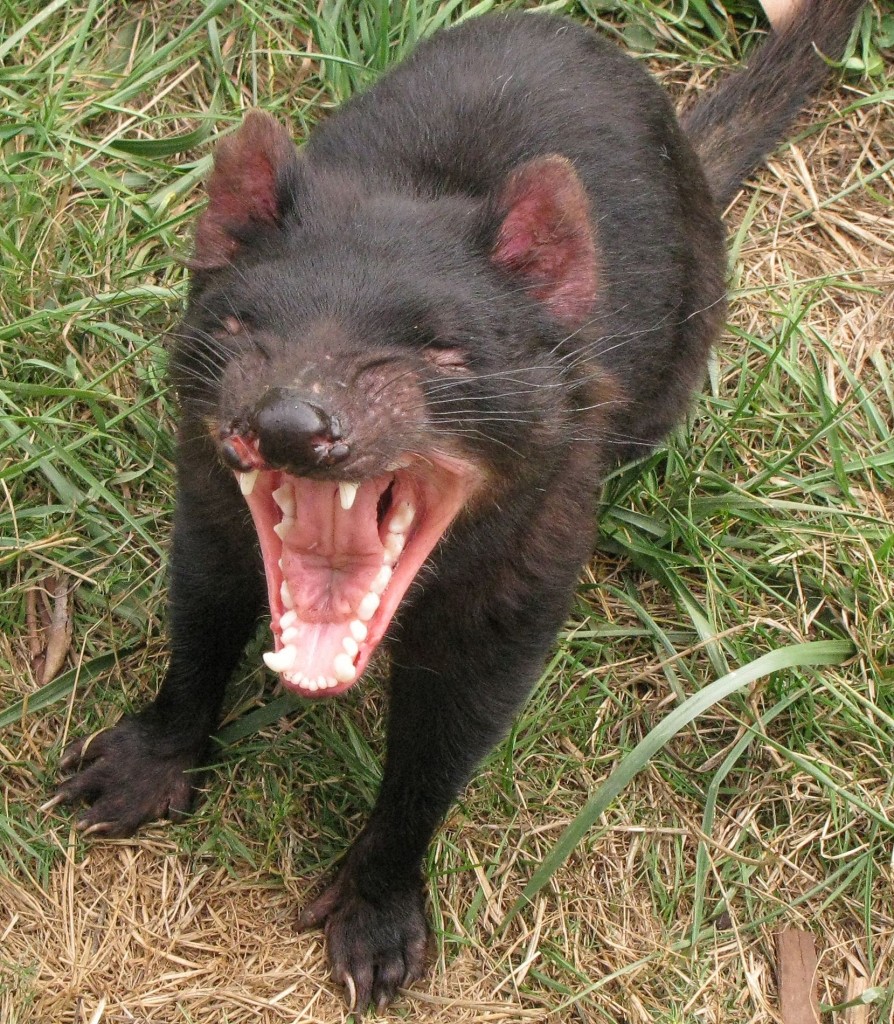
Tasmanian Devil, Tasmanian Devil Conservation Park, Taranna, Tasmania (© Vilis Nams)
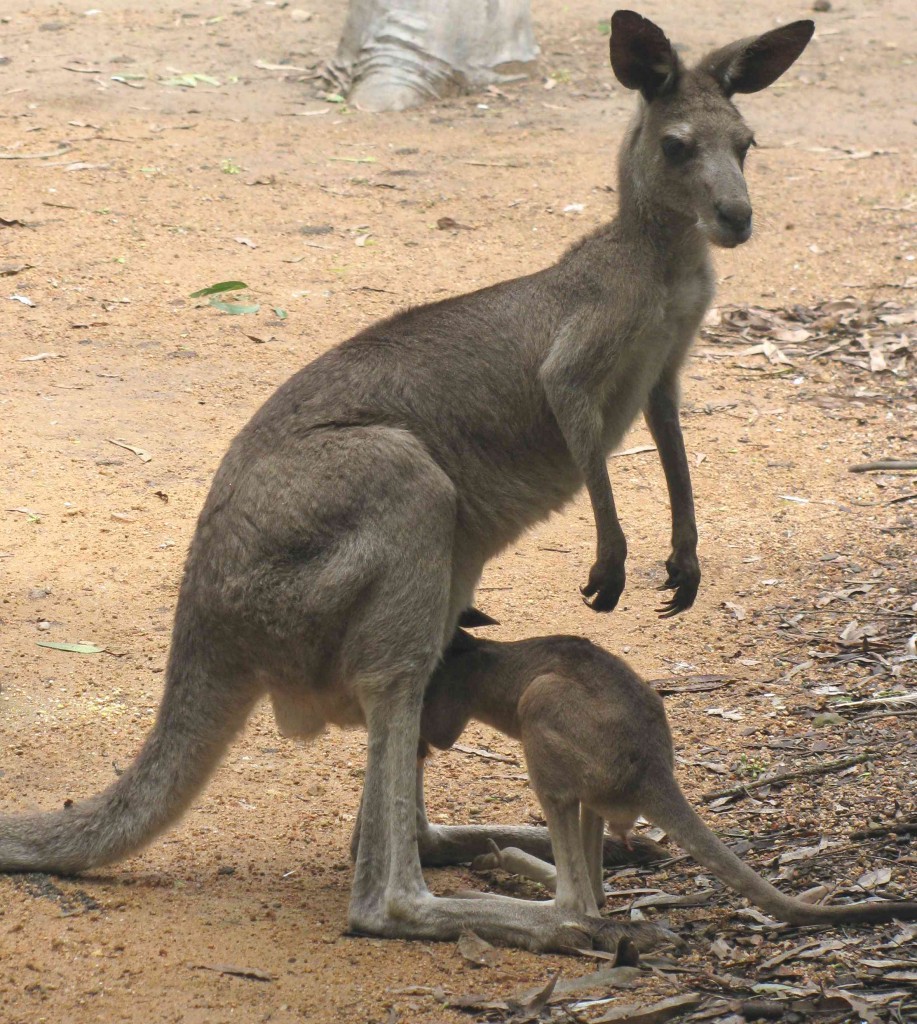
Eastern Grey Kangaroos, Billabong Sanctuary, Townsville, Queensland (© Vilis Nams)
The Guys and Gals:
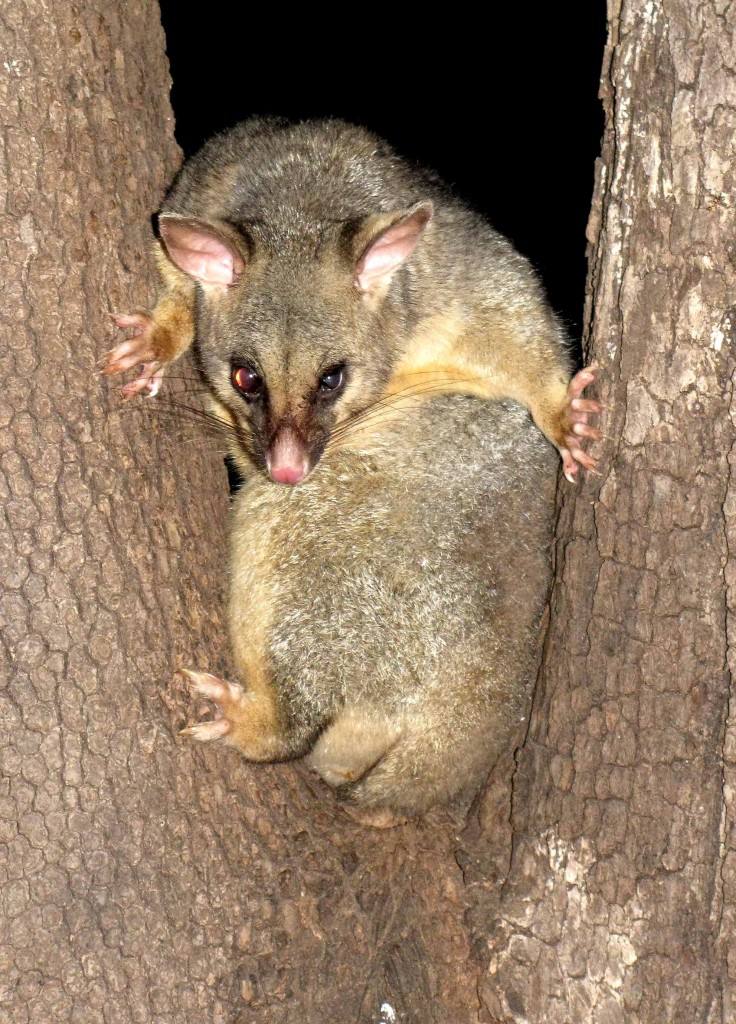
Common Brushtail Possum, Magnetic Island, Queensland (© Vilis Nams)
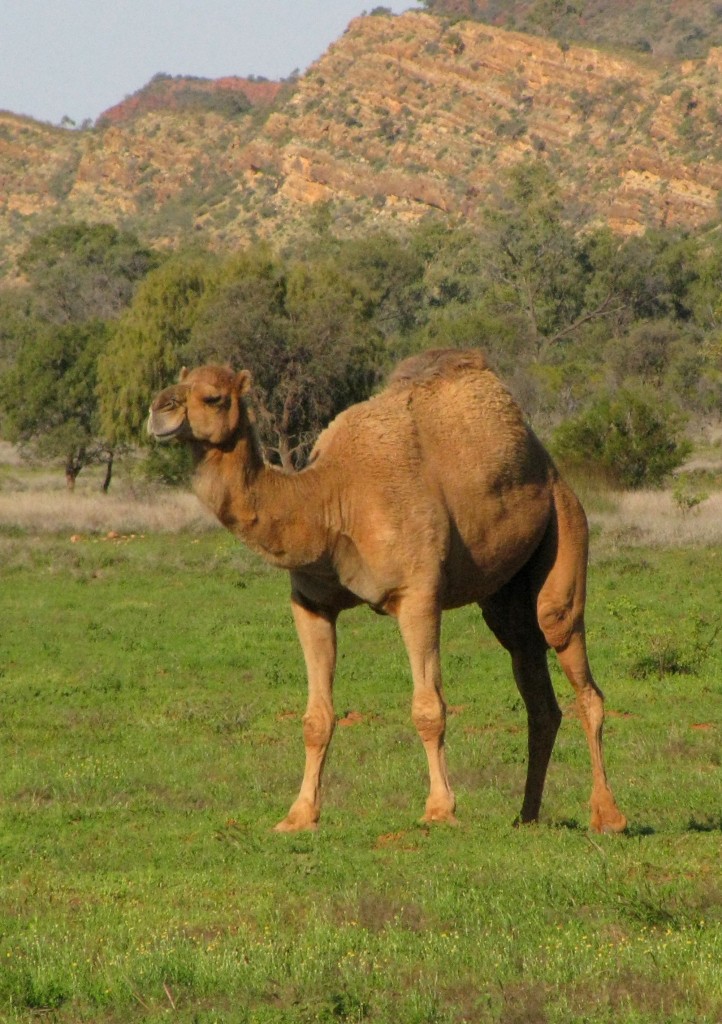
Feral Camel near Trephina Gorge National Park, Northern Territory (© Vilis Nams)
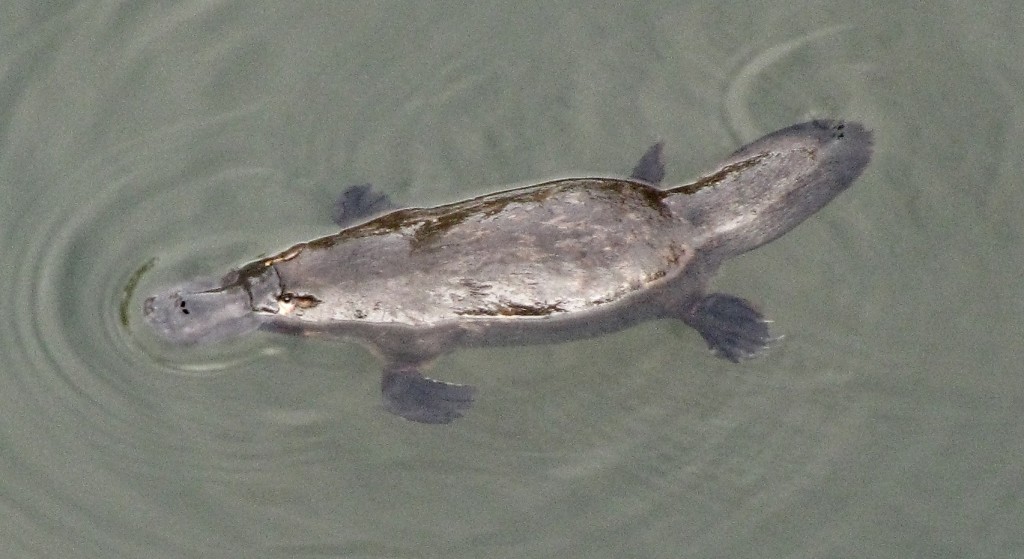
Platypus, Broken River, Eungella National Park, Queensland (© Vilis Nams)
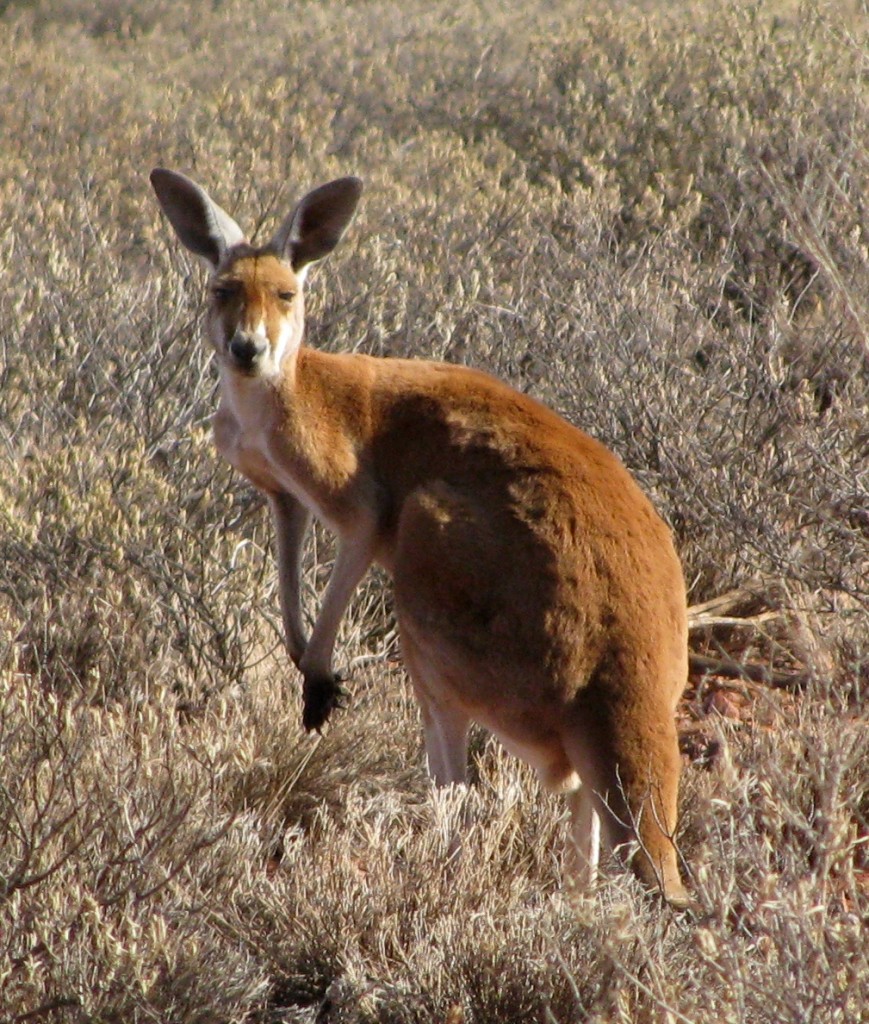
Red Kangaroo, Cunyu Station, Western Australia (© Vilis Nams)
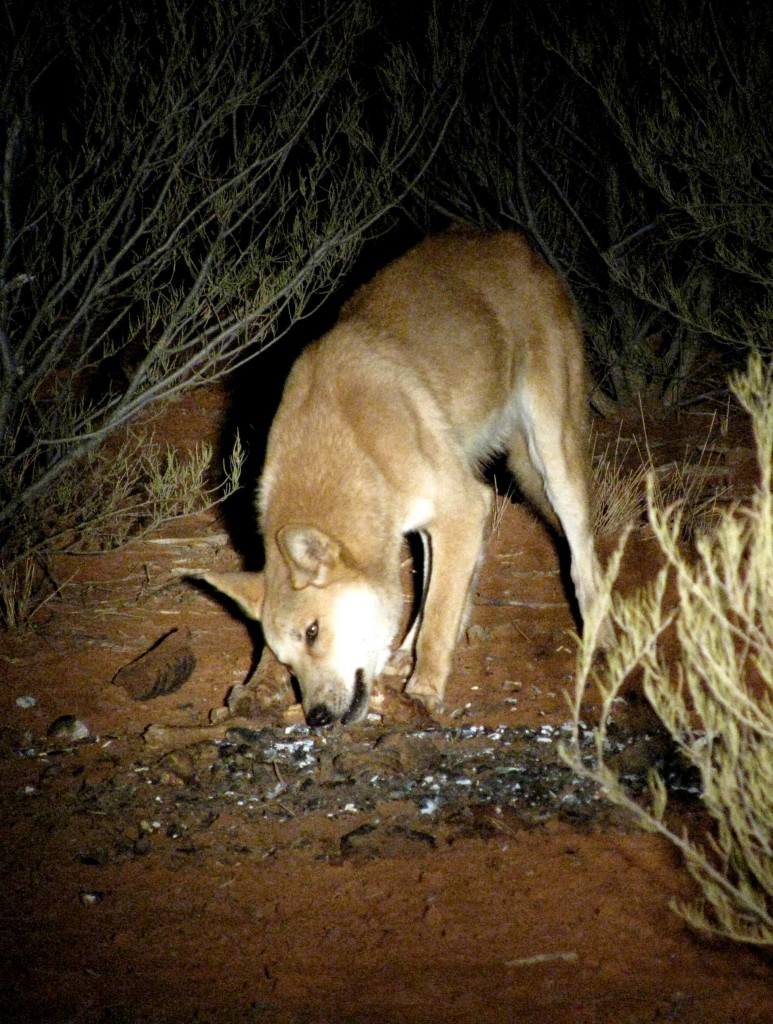
Dingo, Cunyu Station, Western Australia (© Vilis Nams)
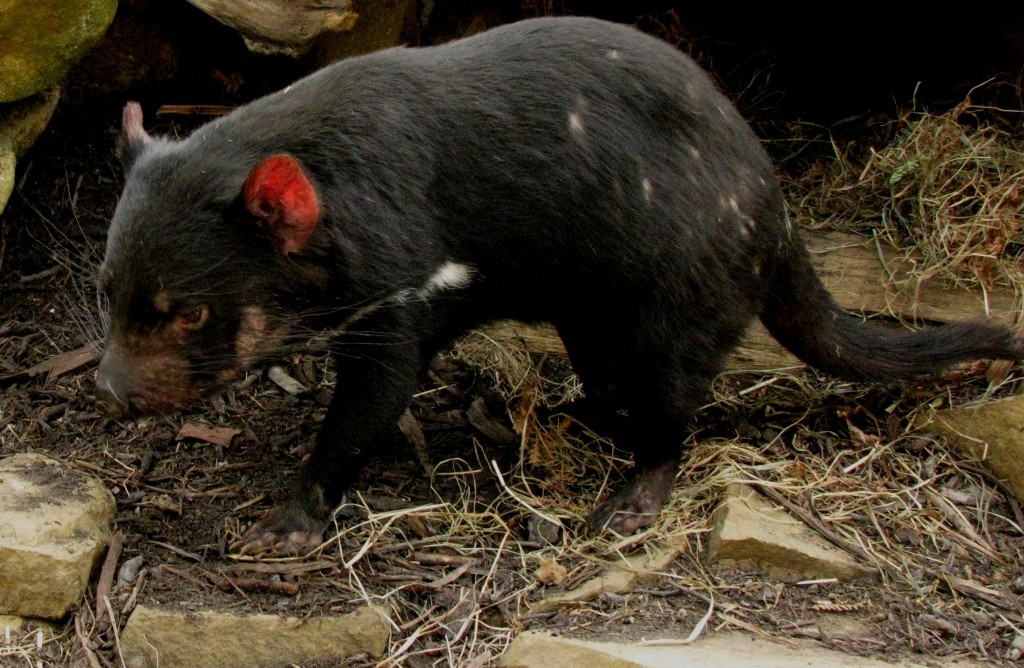
Tasmanian Devil, Tasmanian Devil Conservation Park, Taranna, Tasmania (© Vilis Nams)
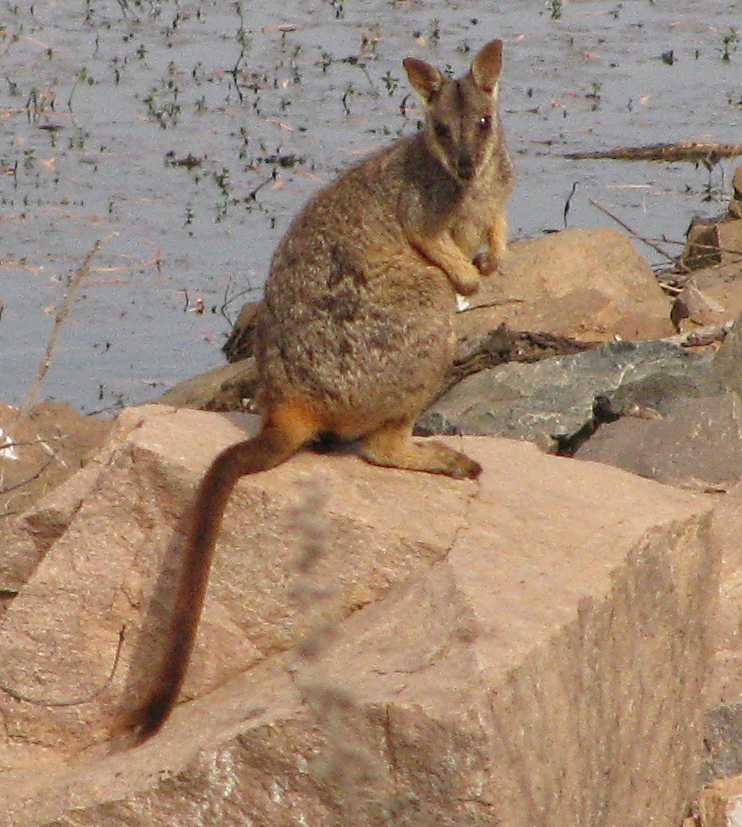
Allied Rock Wallaby, Ross Dam, Townsville, Queensland (© Magi Nams)

Agile Wallaby, Townsville Town Common Conservation Park, Queensland (© Vilis Nams)
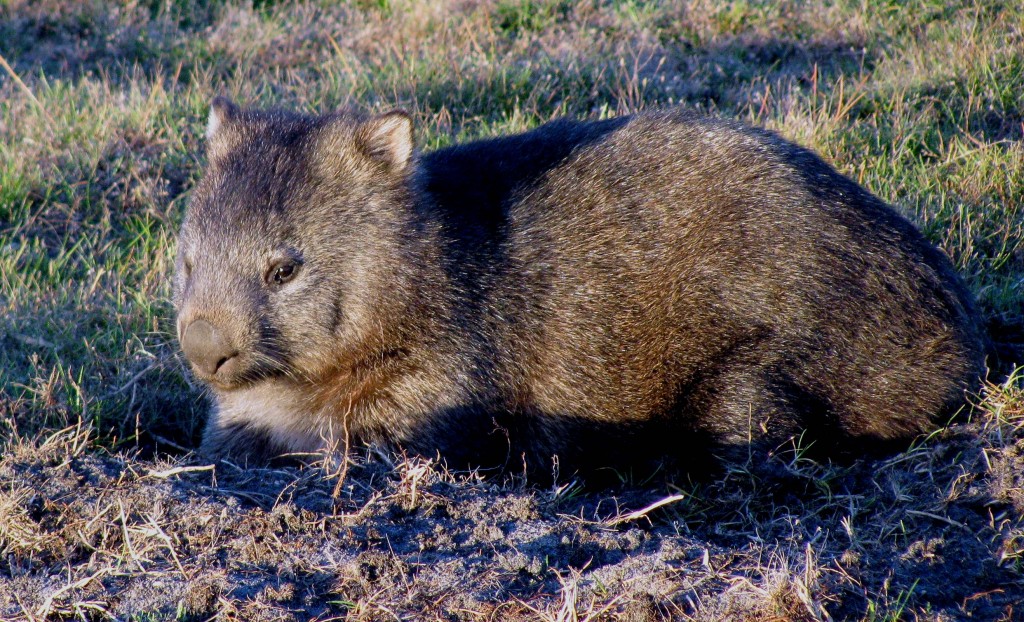
Common Wombat, Narawntapu National Park, Tasmania (© Vilis Nams)
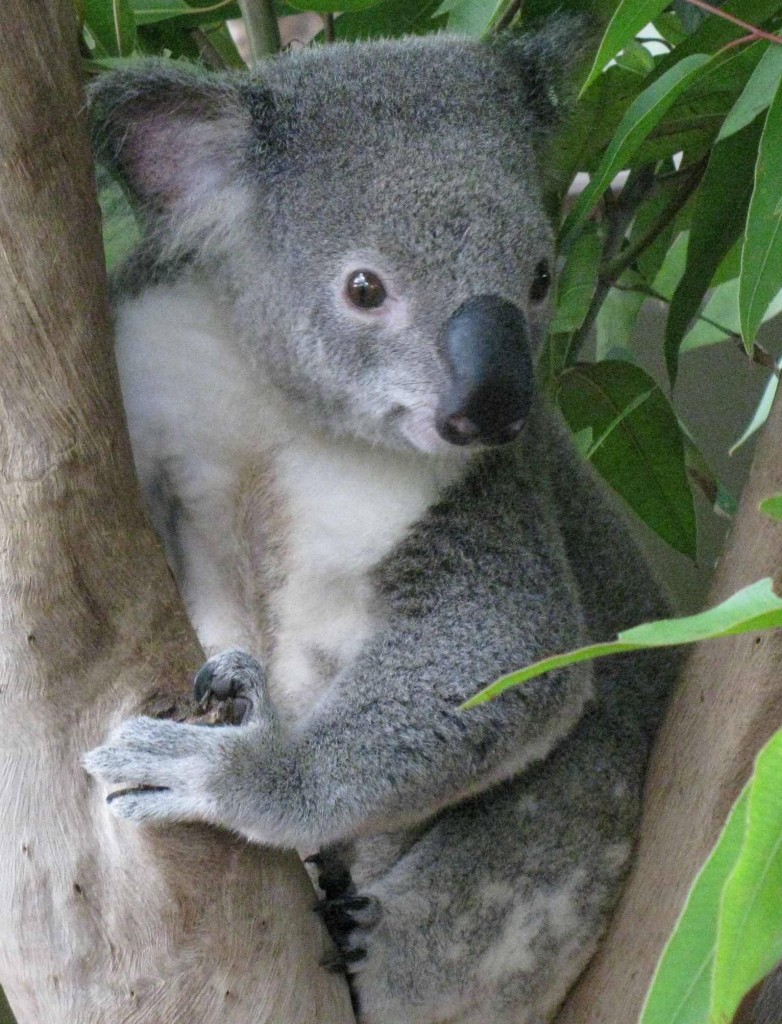
Koala, Billabong Sanctuary, Townsville, Queensland (© Vilis Nams)
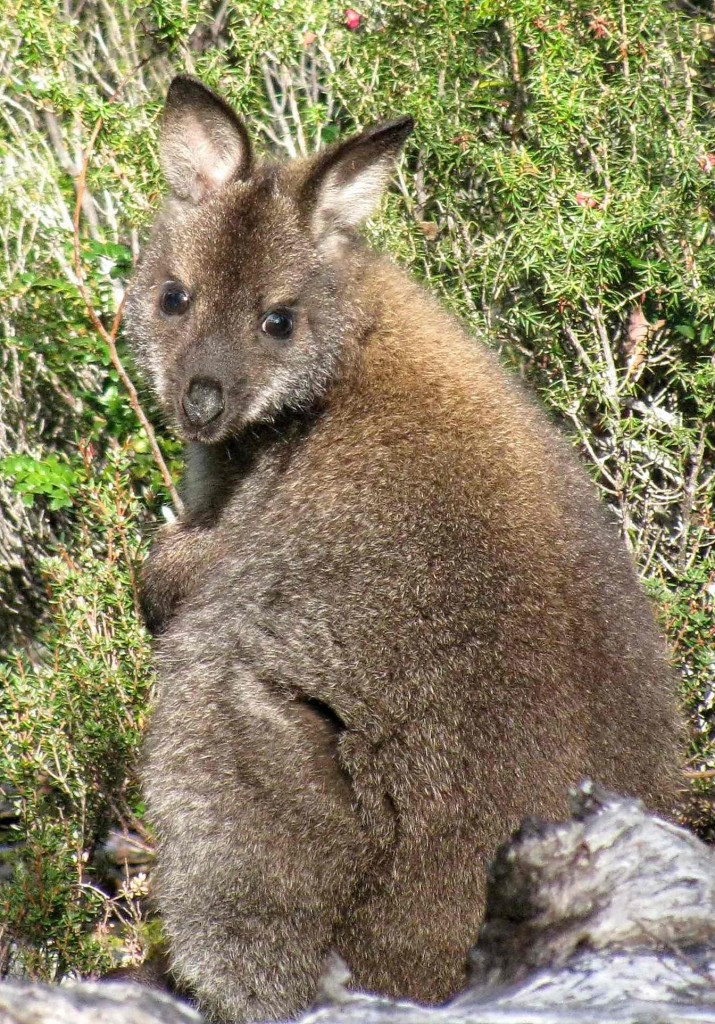
Red-necked Wallaby, Lake St. Clair National Park, Tasmania (© Vilis Nams)
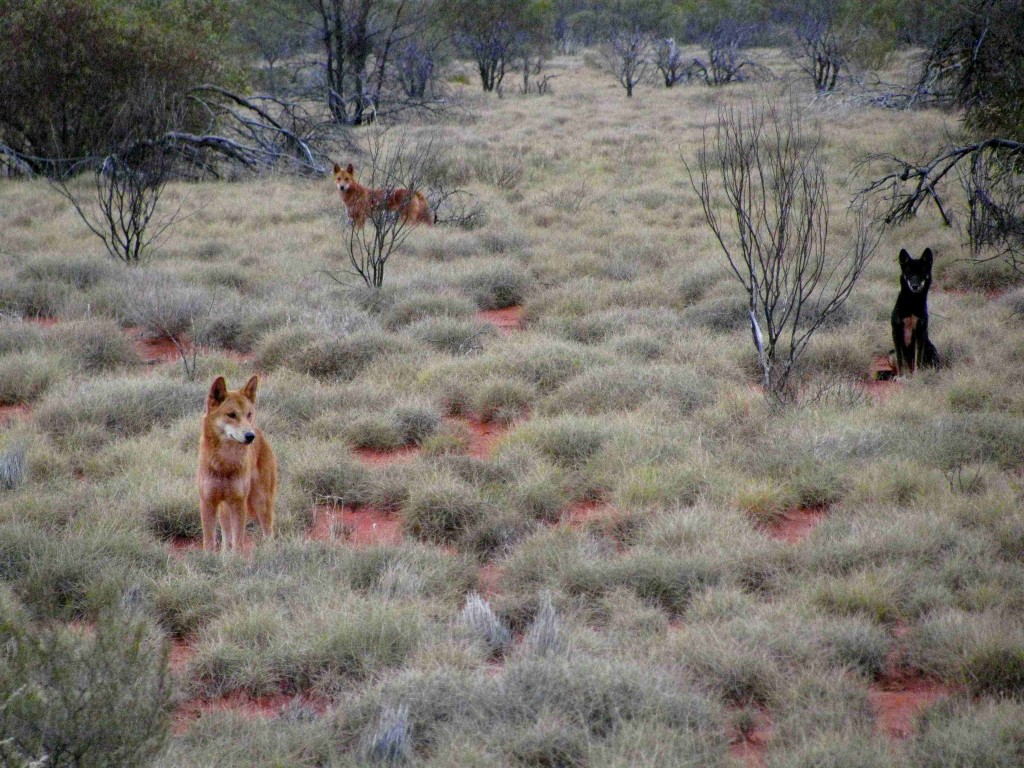
Dingoes, Cunyu Station, Western Australia (© Vilis Nams)
.

